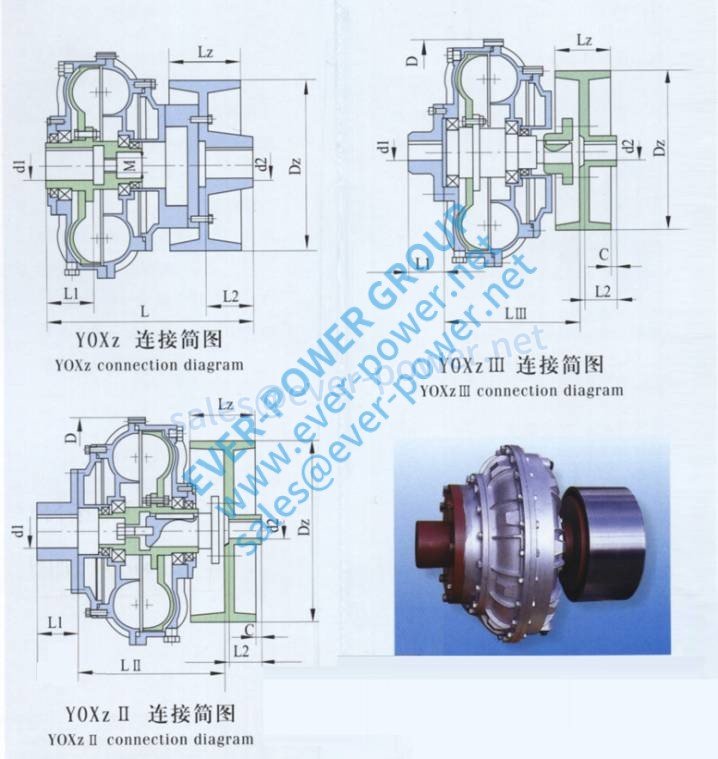fluid coupling
attributes
eleven measurements
Patterns accessible employing couplings (Para-Flex and DGF Equipment) or V-Belt drives
Accommodates up to 4.seventy five inch shafts and 1400 horsepower applications
Smooth, controlled acceleration with customizable startup torques
Motor begins below no load, allowing the use of standard NEMA design B motors and possibly reducing motor horsepower  necessity
necessity
No actual physical connection is current, allowing for safety below overload conditions
Frequent Industries
Air Managing
Mining
Paper & Forest
widespread purposes
Conveyors (Bulk Substance Dealing with)
Any application necessitating overload protection
Any application with a higher-inertia startup
Overview
Fluid coupling on Transfluid’s industrial transmission model KPTO.
A fluid coupling consists of 3 factors, additionally the hydraulic fluid:
The housing, also identified as the shell[5] (which must have an oil-tight seal about the generate shafts), is made up of the fluid and turbines.
Two turbines (fanlike elements):
A single connected to the input shaft recognized as the pump or impeller,[5] major wheel[five] enter turbine
The other related to the output shaft, acknowledged as the turbine, output turbine, secondary wheel[five] or runner
The driving t urbine, recognized as the ‘pump’, (or driving torus[a]) is rotated by the primary mover, which
urbine, recognized as the ‘pump’, (or driving torus[a]) is rotated by the primary mover, which  is typically an inner combustion engine or electric powered motor. The impeller’s movement imparts equally outwards linear and rotational movement to the fluid.
is typically an inner combustion engine or electric powered motor. The impeller’s movement imparts equally outwards linear and rotational movement to the fluid.